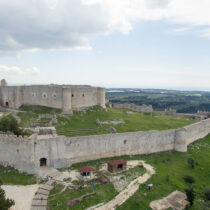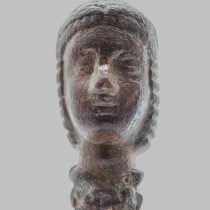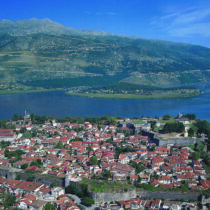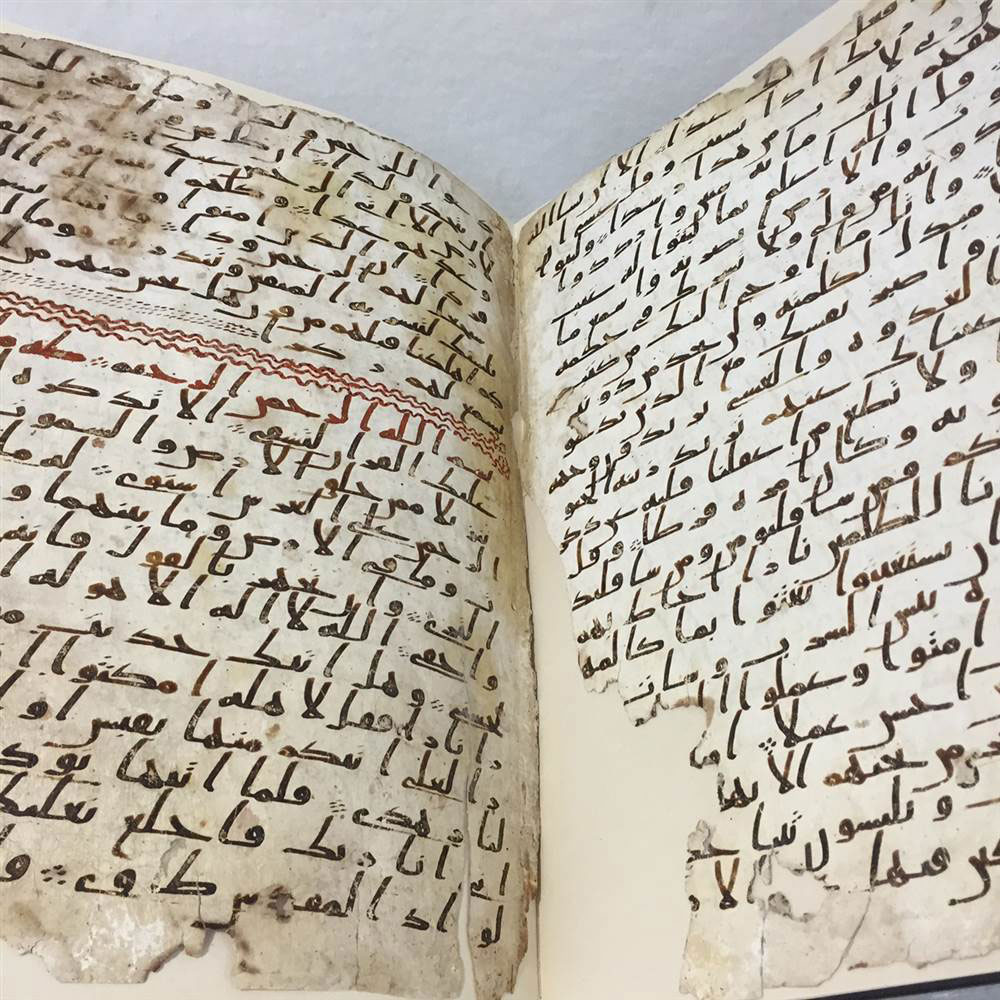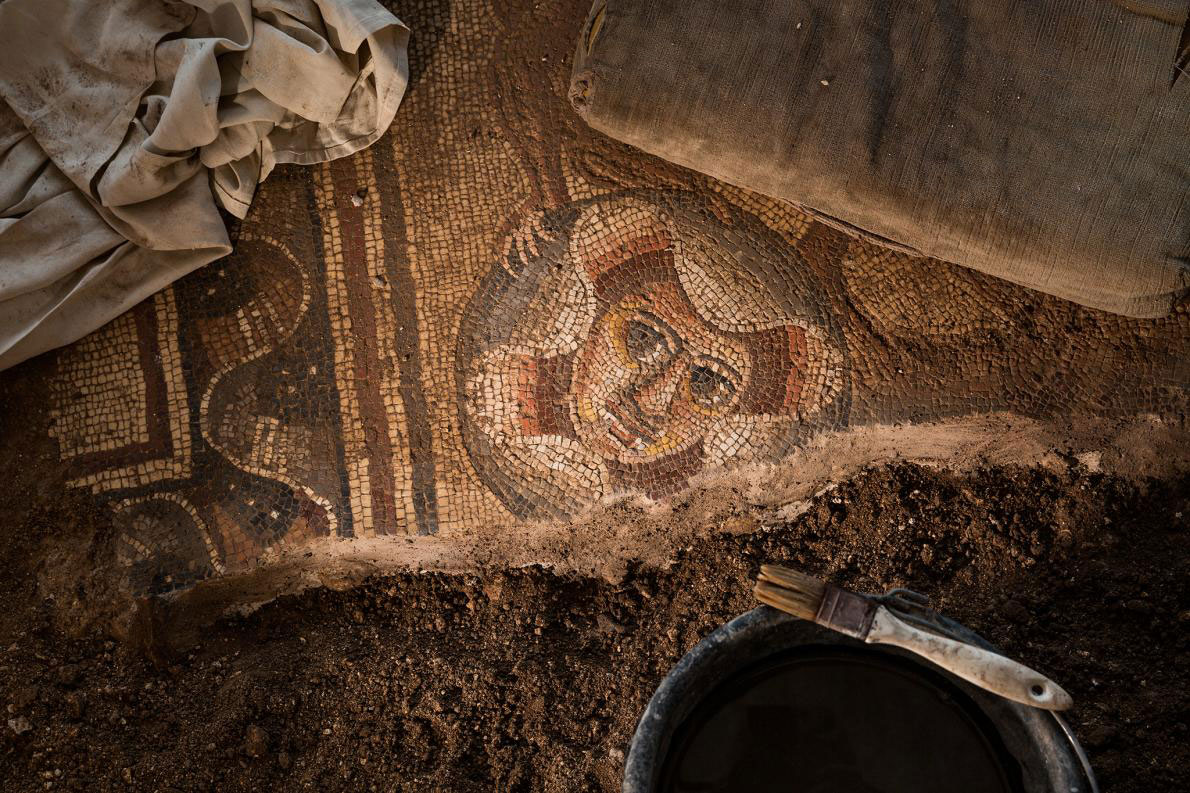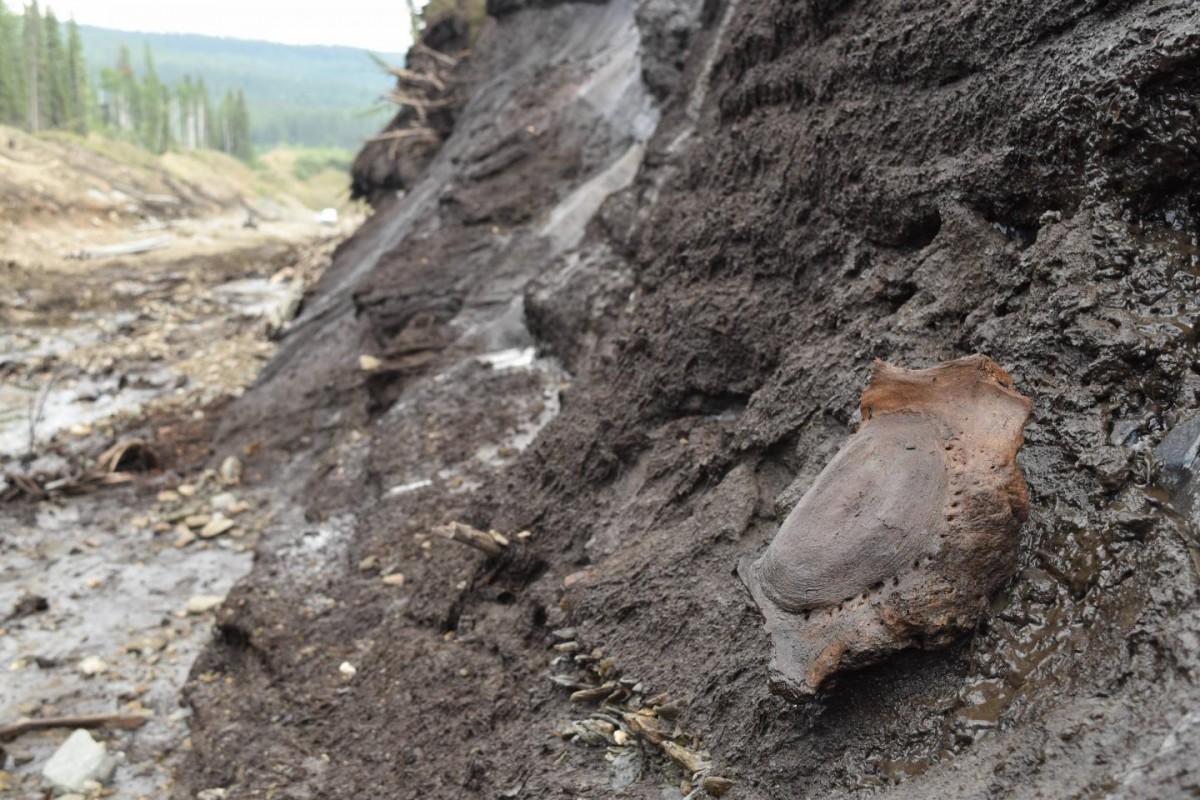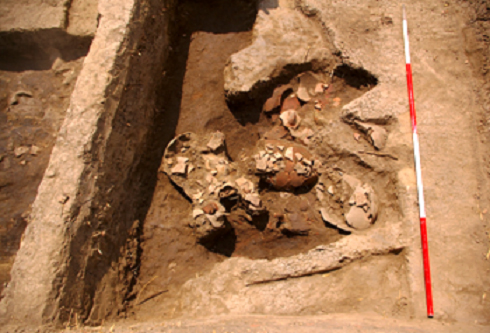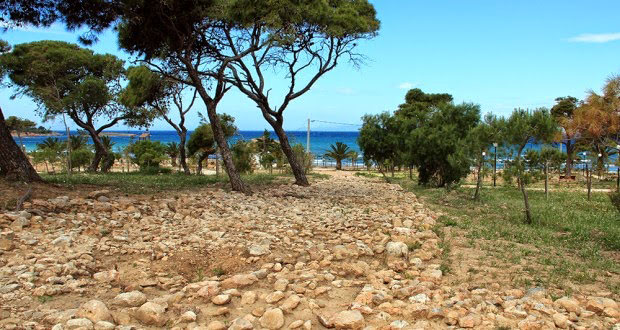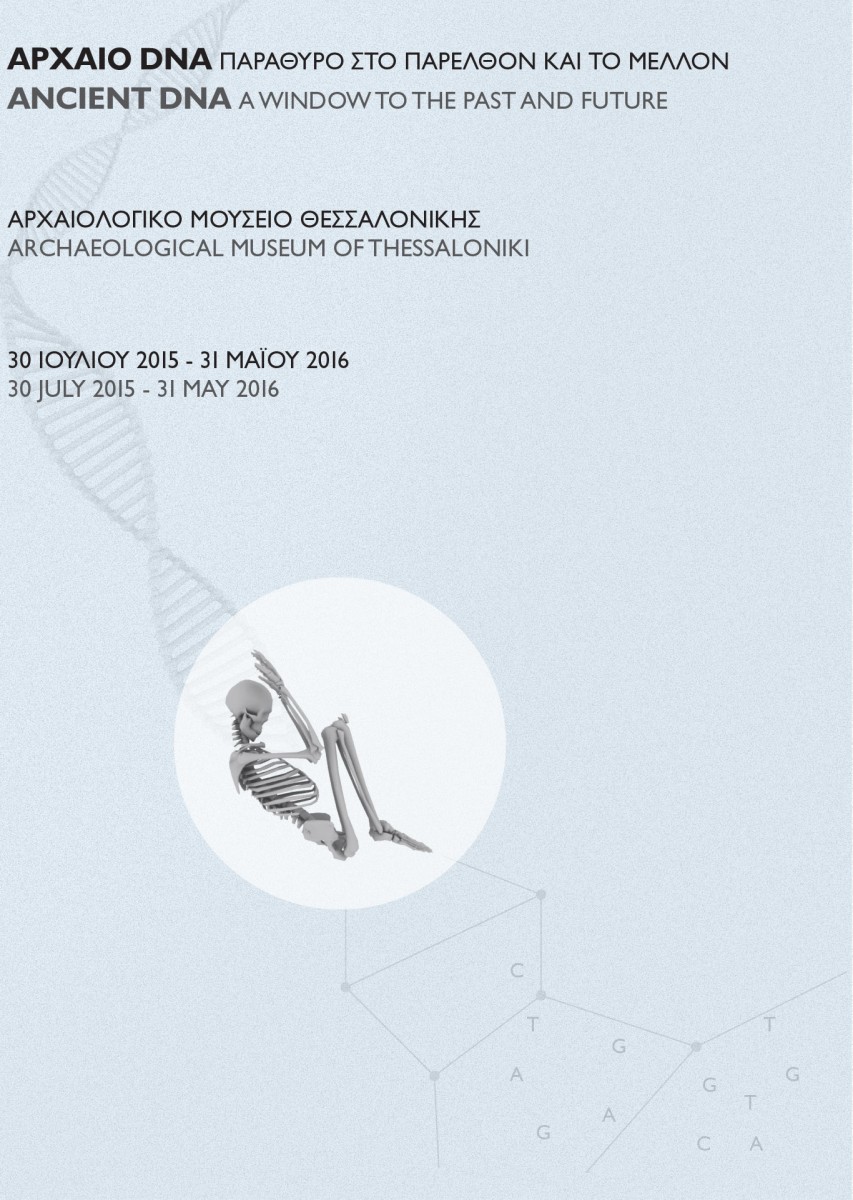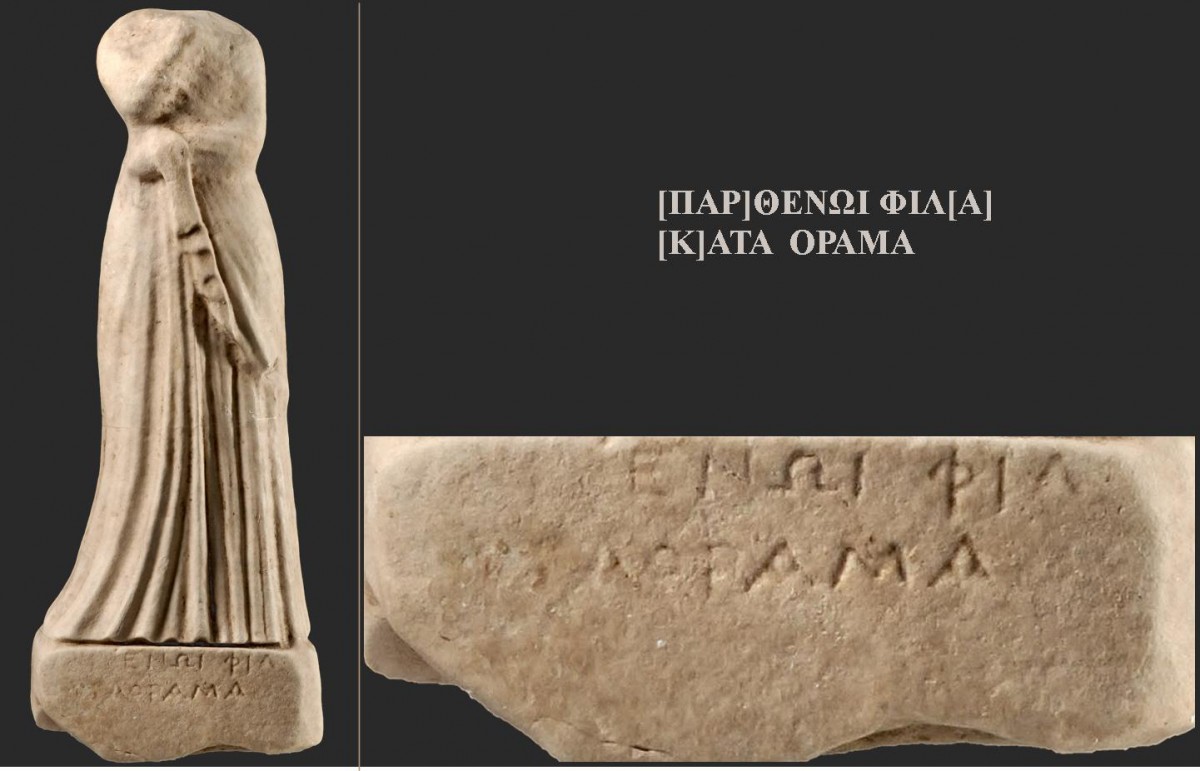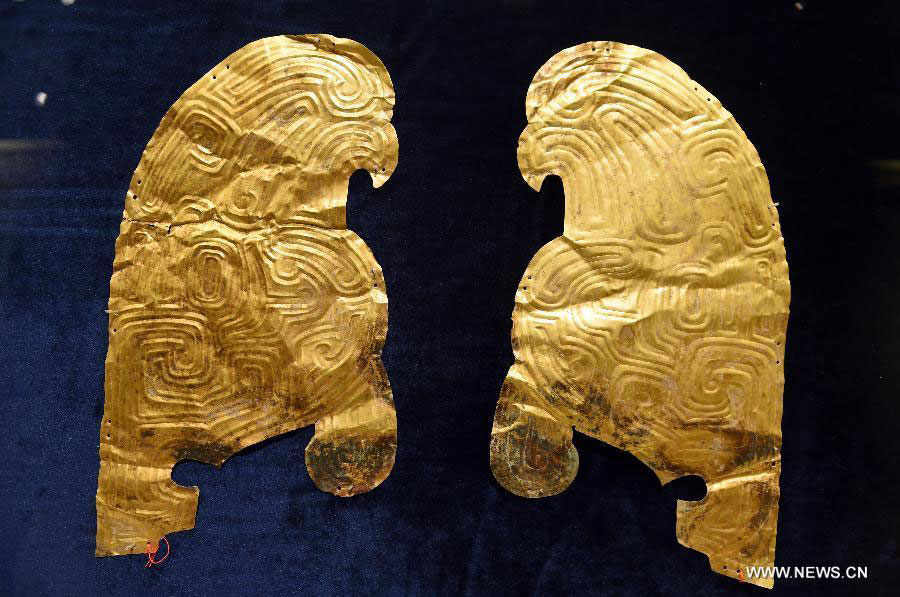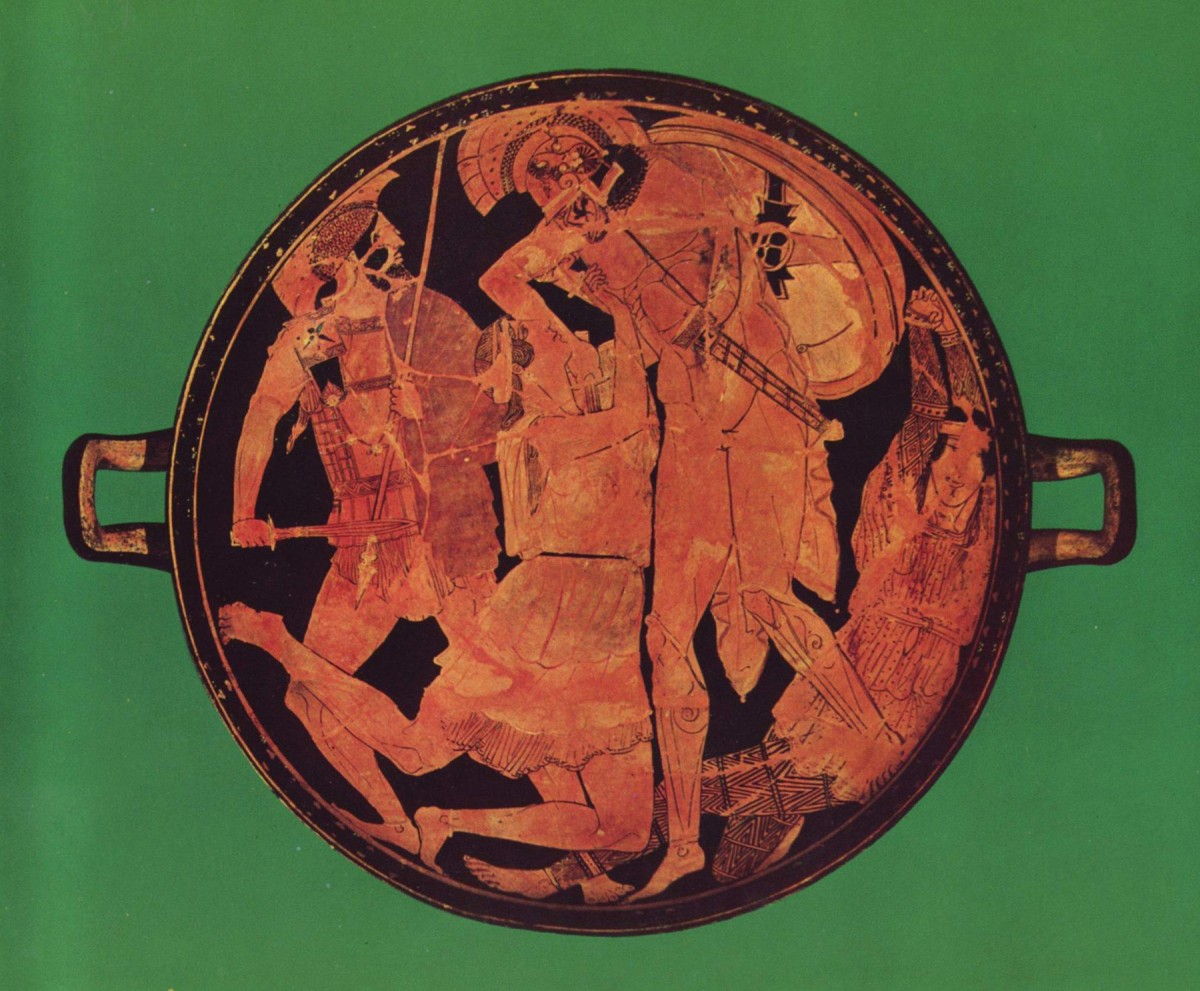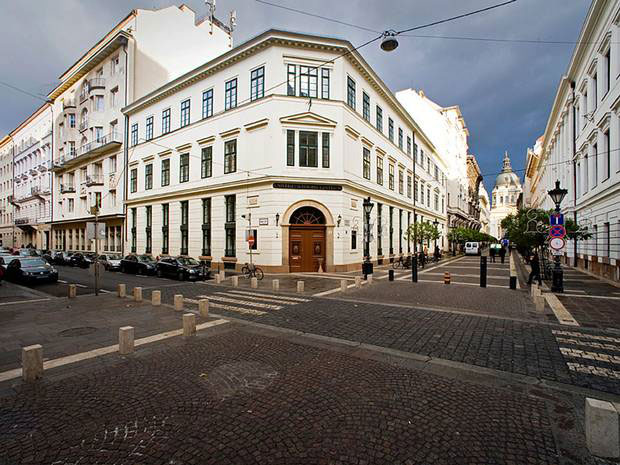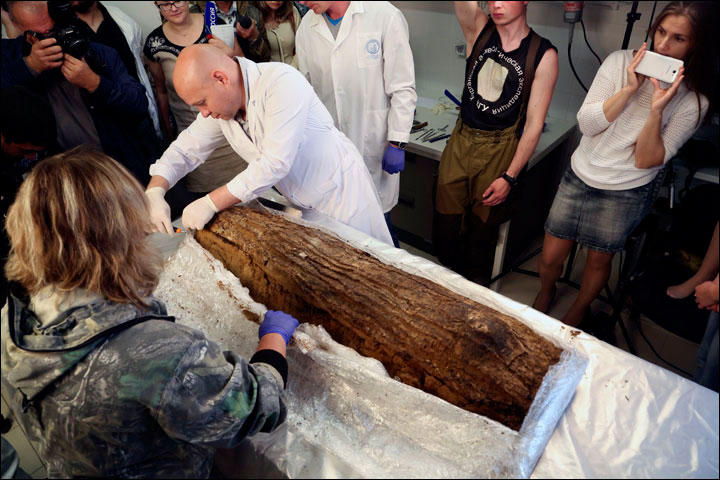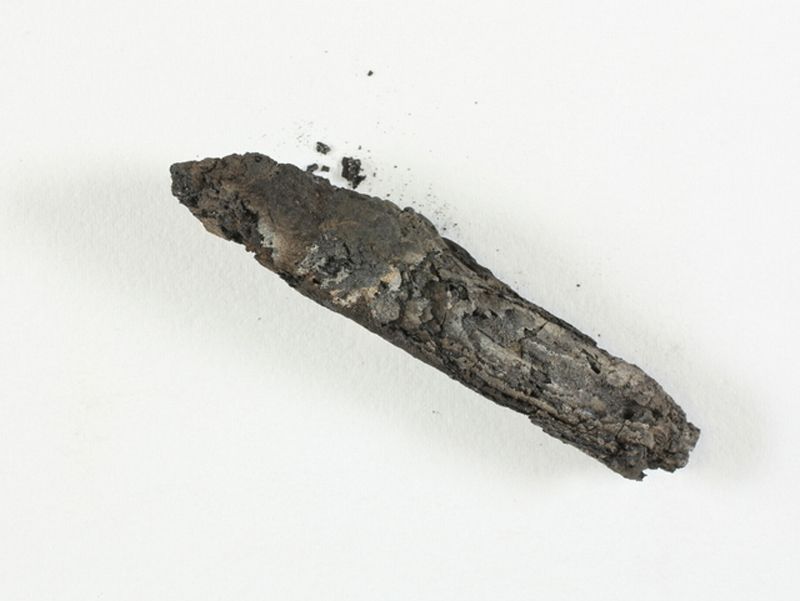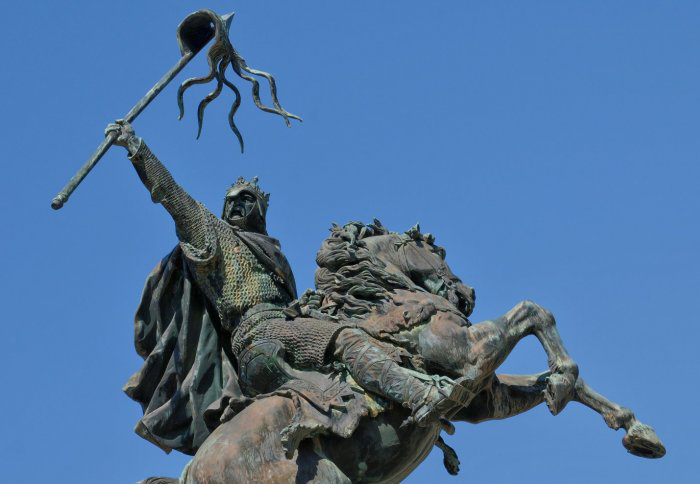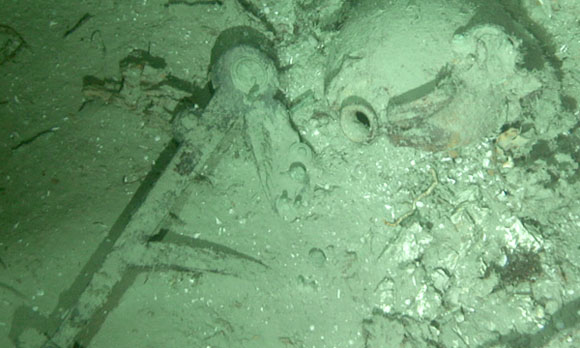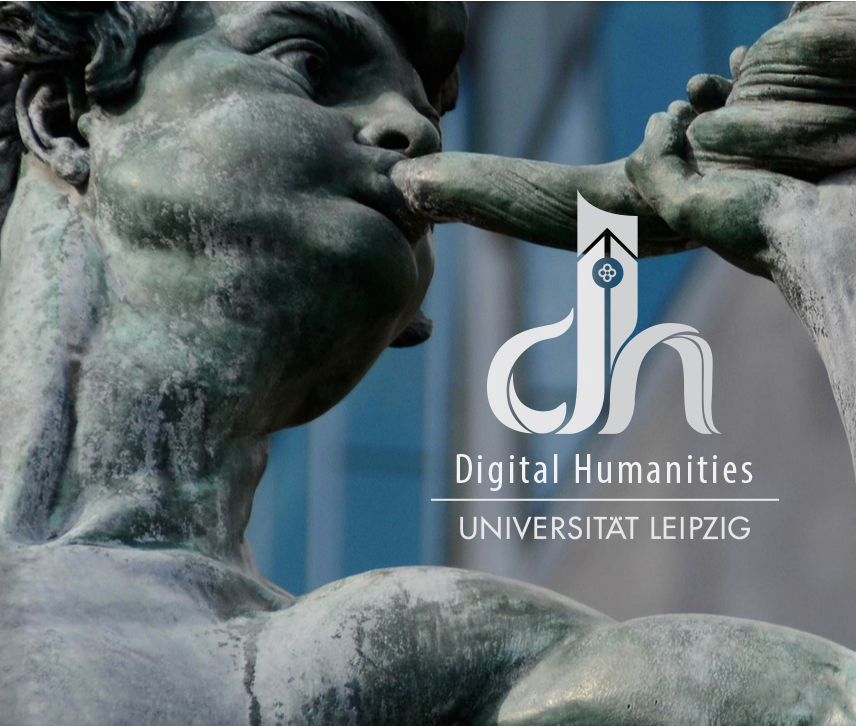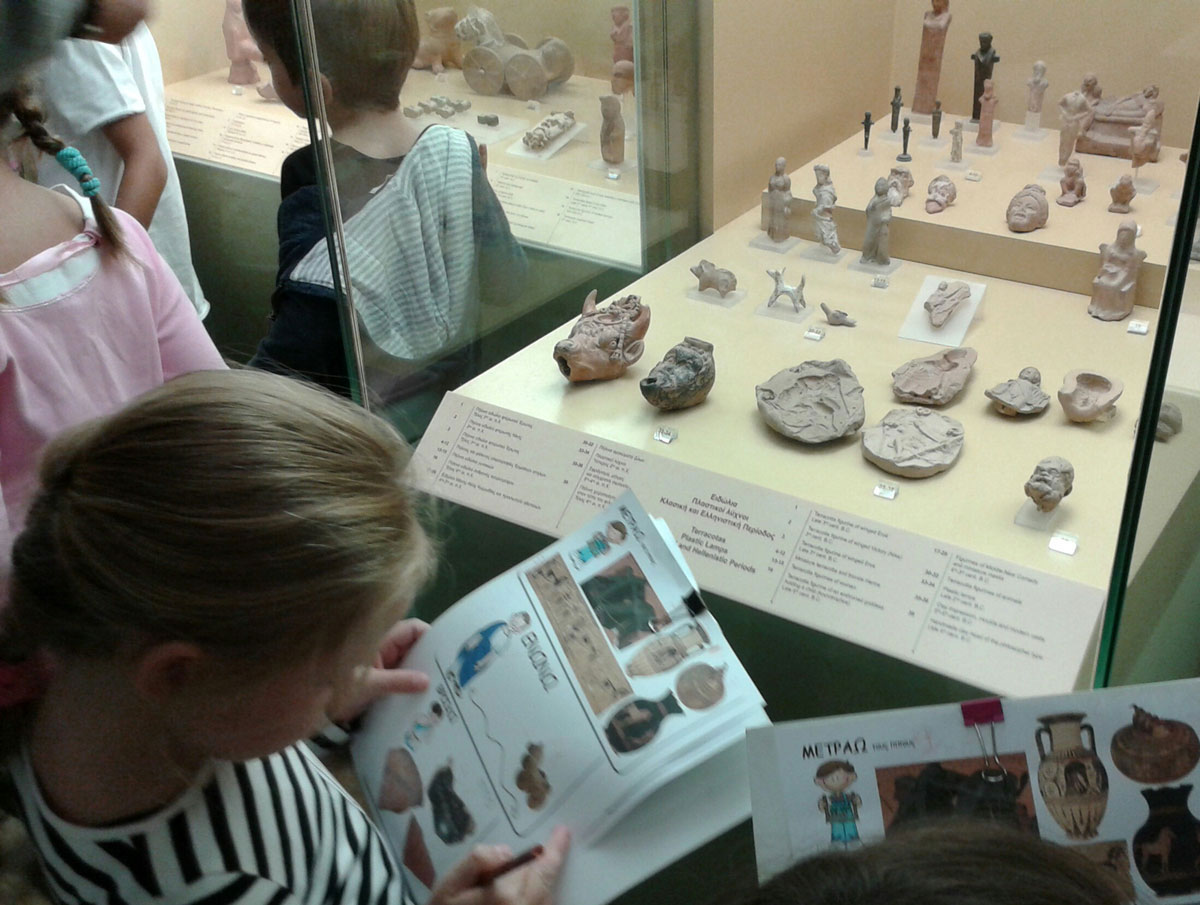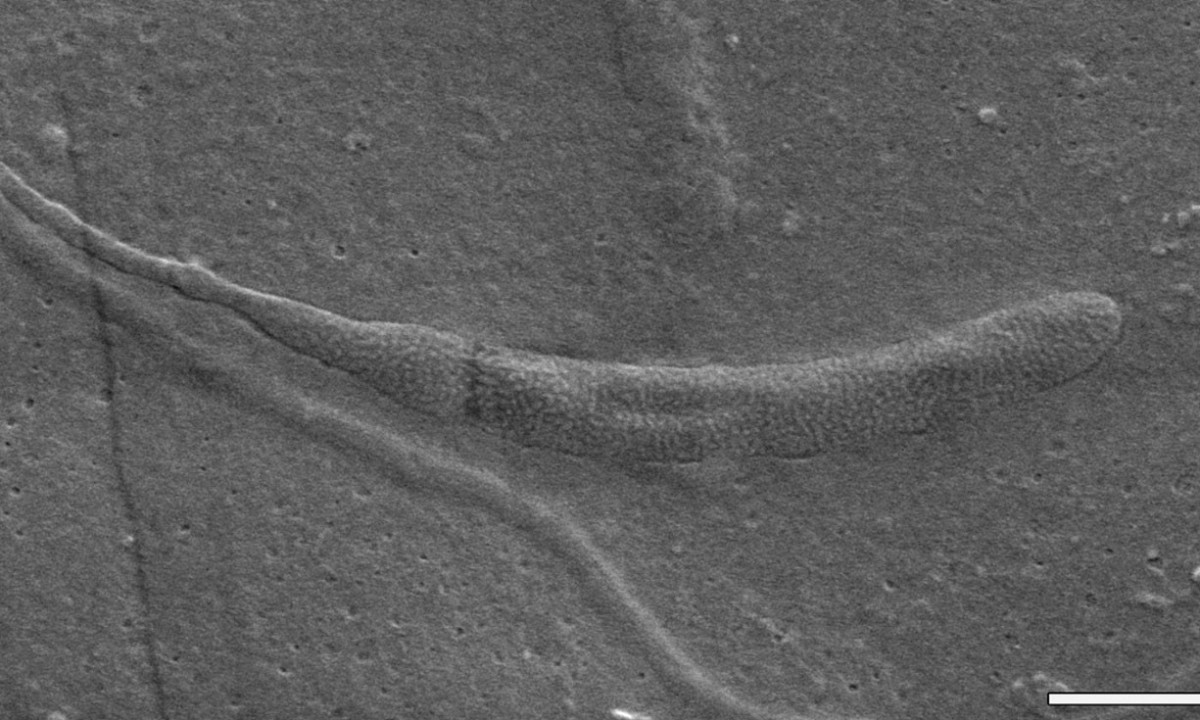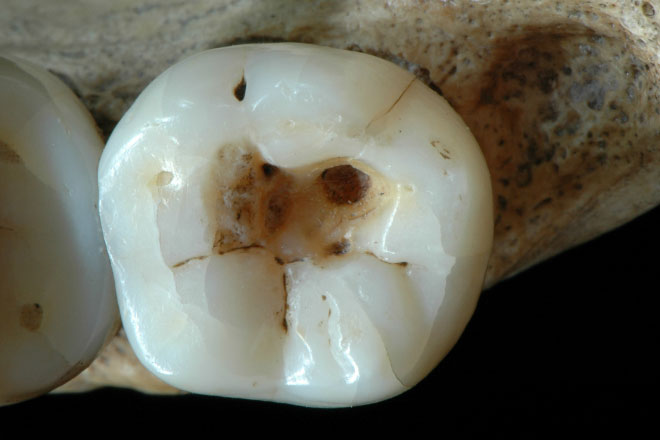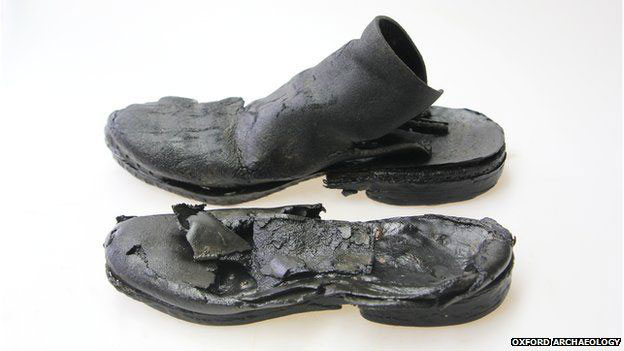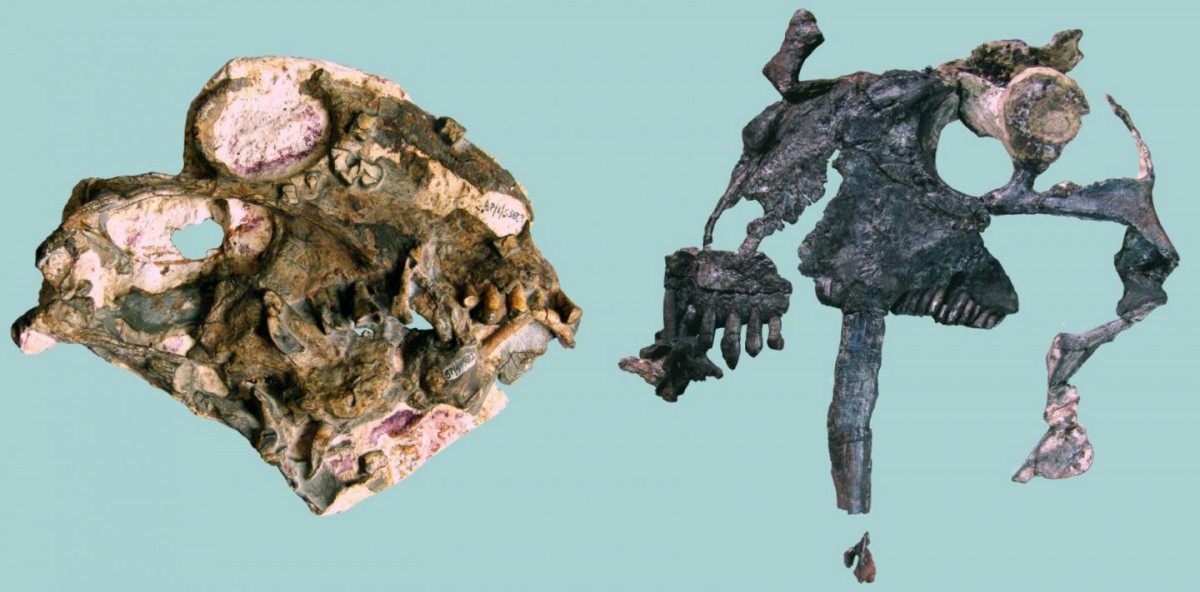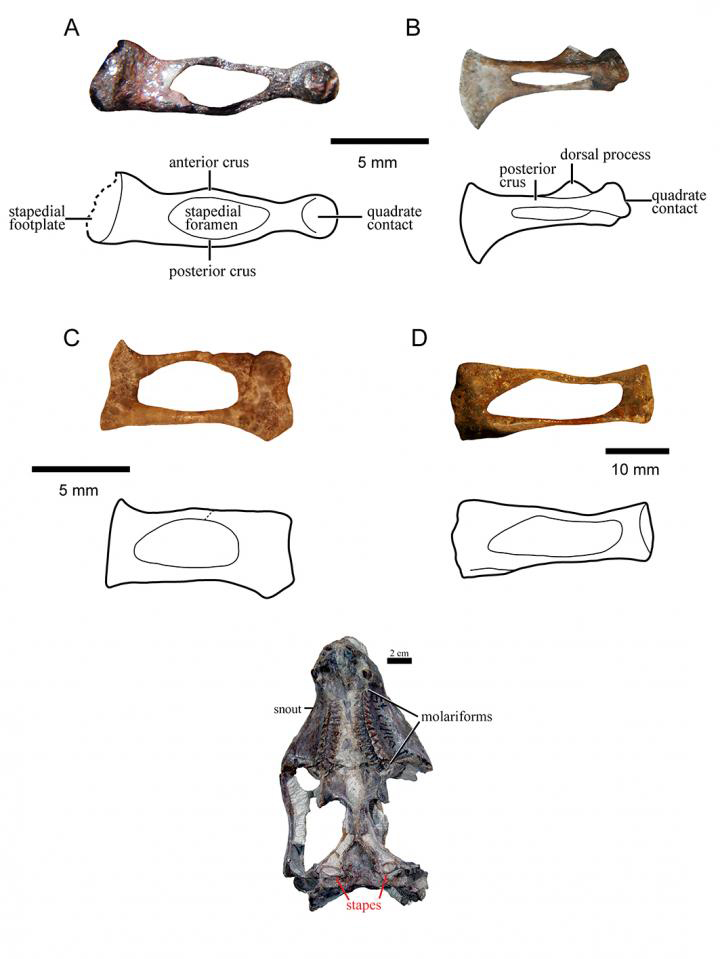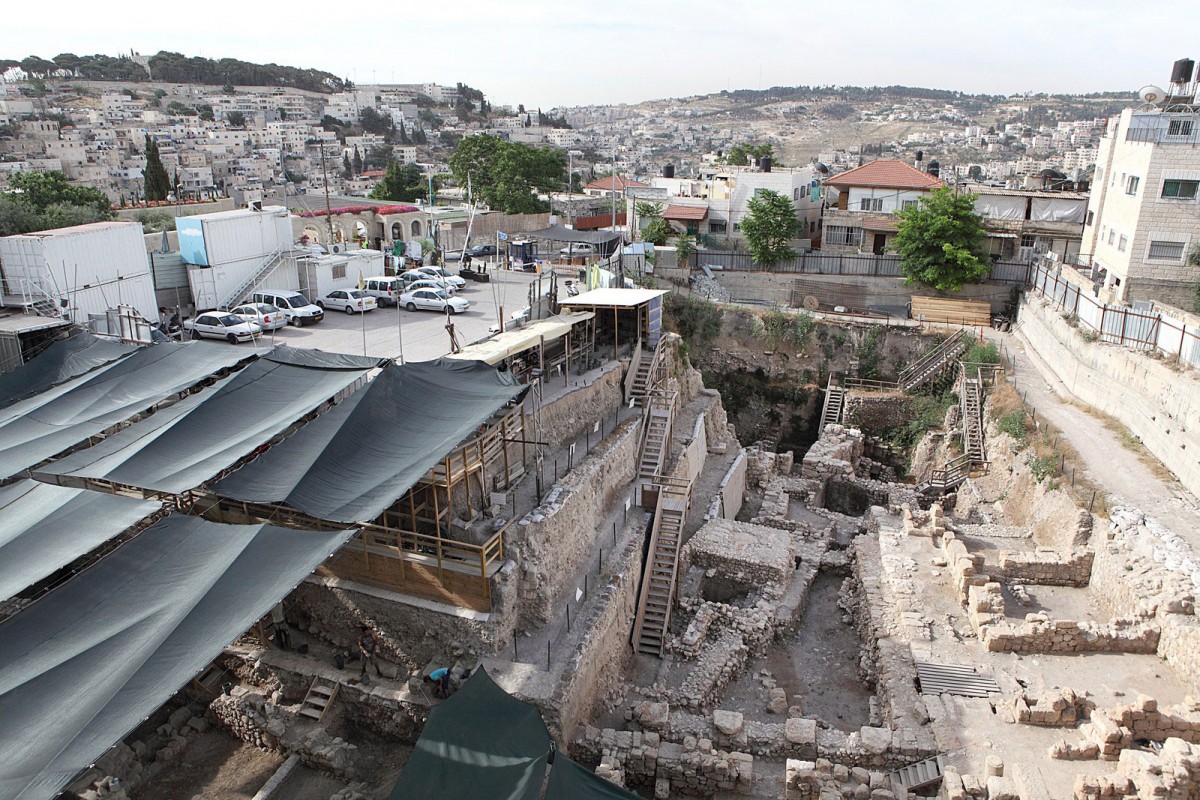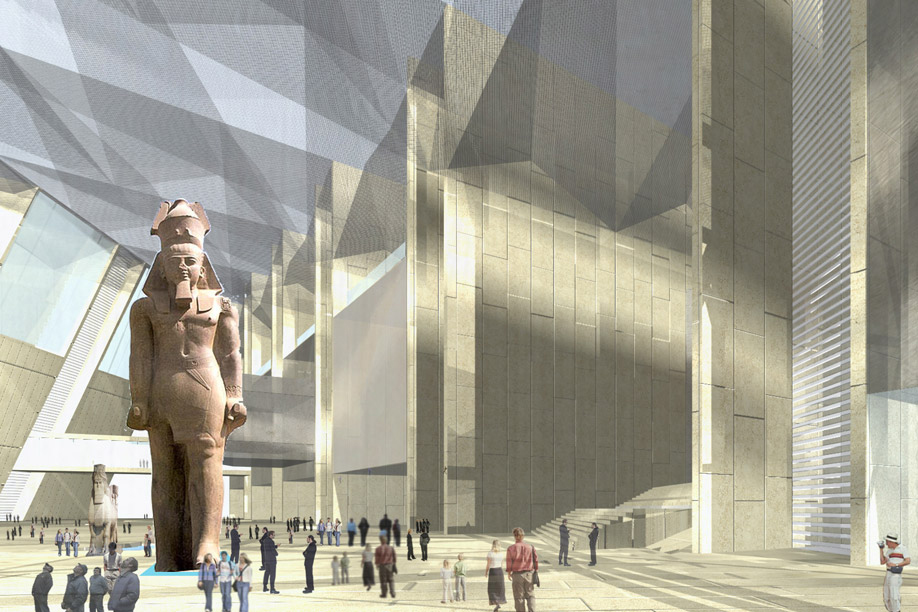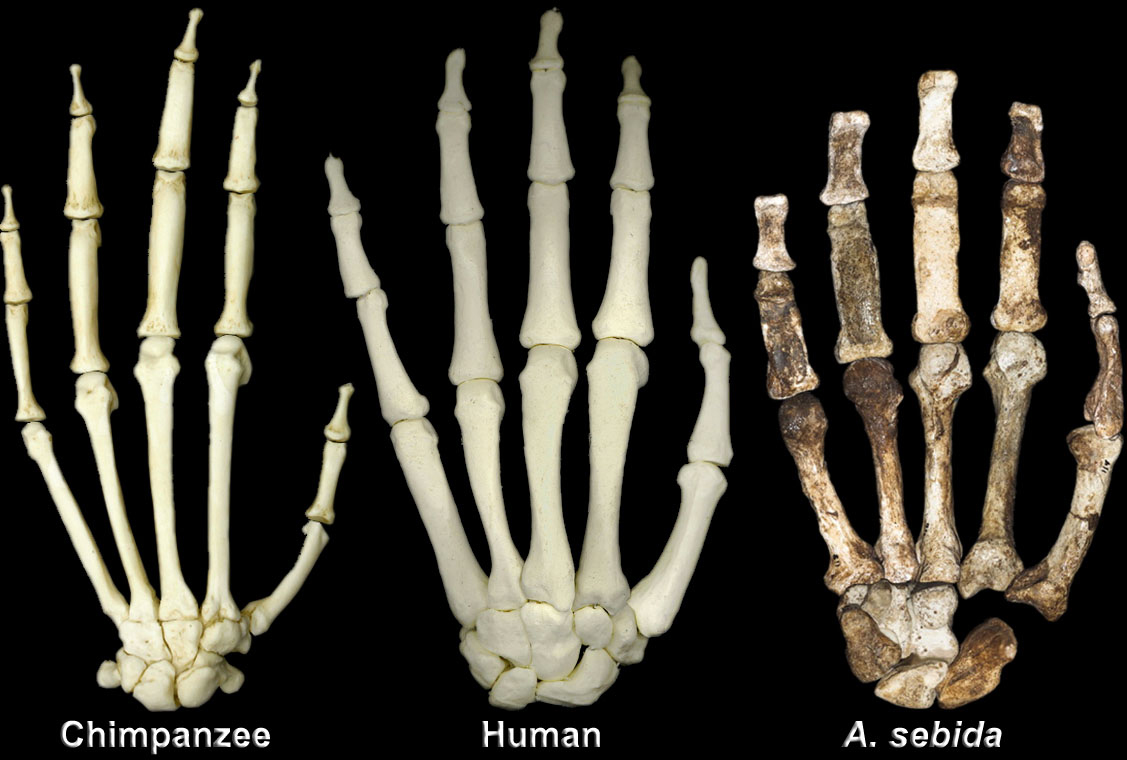Qur’an manuscript fragments may be the oldest in the world
Radiocarbon analysis of a manuscript with fragments of the Qu'ran at the University of Birmingham has dated the parchment to AD568-645 rendering it the oldest known manuscript in the world.
First non-biblical mosaic discovered in Israel ancient synagogue
Archaeologists working in an ongoing project in Huqoq synagogue, Israel, have uncovered more mosaics with non-biblical depictions.
Mammoths killed by abrupt climate change
New research has revealed abrupt warming, that closely resembles the rapid man-made warming occurring today, has repeatedly played a key role in mass extinction events of large animals in Earth's past.
New Archaeological Discoveries at the Red Sea coast
A complete assemblage of pottery food storage and preparation vessels dating from the Ramesside period have been discovered at the Sais - Nile Delta.
Ancient carriage way discovered in southern Athens
Archaeologists in Greece have unearthed a part of an ancient carriage road, at the Megalo Kavouri beach in Vouliagmeni, southern Athens. The discovery was announced on Monday by the Greek Ministry of Culture. The section is 300 metres long and
Ancient DNA: A window to the past and future
The exhibition introduces the visitor, using simple explanations which are also scientifically complete and accurate, to the study and results of ancient DNA.
The votive offering of Phila
This month’s selected exhibit of the Museum is the body of a female statuette with an inscribed base.
Looted antiquities in France returned to China
France has returned thirty two gold ornaments stolen from tombs during the 1990s to China and bought by unsuspecting French collectors.
Over a Hot Stove: Women in the Kitchen (Day 1)
What did Amazons cook? How is Hera's sacred plant used in today's medicine? Which were the culinary traditions of LAte Hellenistic Nea Paphos?
Assistant Professor of Byzantine Studies
The Department of Medieval Studies at Central European University (CEU, Budapest) invites applications for a full-time Assistant Professor of Byzantine Studies.
Siberia’s mystery birch bank coffin reveals mummy
The recently discovered birch bark coffin at Zeleny Yar necropolis, near Salekhardat, has been opened and scientists have indeed found a mummified body within probably belonging to an upper-class child.
Deciphering the burnt Ein Gedi scroll
For the first time, advanced technologies made it possible to read parts of a scroll that was completely burnt c. 1,500 years ago, inside the Holy Ark of the synagogue at Ein Gedi.
Fossil fuel emissions will complicate radiocarbon dating
Fossil fuel emissions could soon make it impossible for radiocarbon dating to distinguish new materials from artefacts that are hundreds of years old.
Centuries-old shipwreck discovered off North Carolina coast
Scanning sonar from a scientific expedition has revealed the remains of a previously unknown shipwreck more than a mile deep off the North Carolina coast. Artifacts on the wreck indicate it might date to the American Revolution. Marine scientists from
Altertumswissenschaften in a Digital Age: Egyptology, Papyrology and Beyond
Are you an Egyptologist or a Papyrologist? Do you conduct or plan research in the field of Digital Humanities? This Call for Papers addresses Egyptologists and Papyrologists in the "Digital Turn".
Museums and Museology in modern society. New challenges, new relationships (Part 14)
The 14th article in the special issue on Museology attempts a critical survey of educational programmes carried out in museums for groups of primary school pupils.
Oldest fossilized sperm found in Antarctica
Scientists on Seymour Island, Antarctica, have discovered a 50-million-year-old fossilised sperm, the oldest known so far, in the wall of a worm cocoon specially produced for the purpose of sex.
Scientists in Northern Italy establish existence of Palaeolithic dental tools
Scientists have discovered evidence of the oldest known dental intervention, examining the 14,000-year-old skeleton of a young man, about 25 years old, from Northern Italy.
Almost intact medieval objects found in Oxford, England
Archaeologists at Westgate site in Oxford, England, have unearthed leather and wood objects that provide valuable information about everyday life 700 years ago.
A herbivorous mammalian ancestor
Head-butting and canine display during male-male combat first appeared some 270 million years ago.
Evolution of our mammalian ancestor’s ear bone
First detailed and comprehensive analysis on the ear bone shows noticeable variations in the morphology of this bone - even among animals of the same species.
City of David project condemned by UNESCO
The UN’ s education, cultural and scientific organization slammed Israeli archaeological digs in East Jerusalem voting 13-2 to keep the Old City on its list of endangered World Heritage sites.
Text writer – Egyptologist
Hill International is seeking to employ for an ongoing multibillion, "state of the art" museum project in Giza-Egypt a text writer - Egyptologist.
Human hands more primitive than chimp’s?
A study about the evolution of the human shows there has been relatively little change in its proportions.
